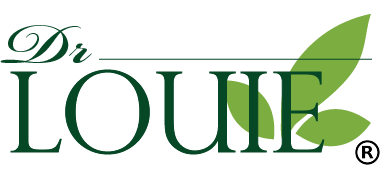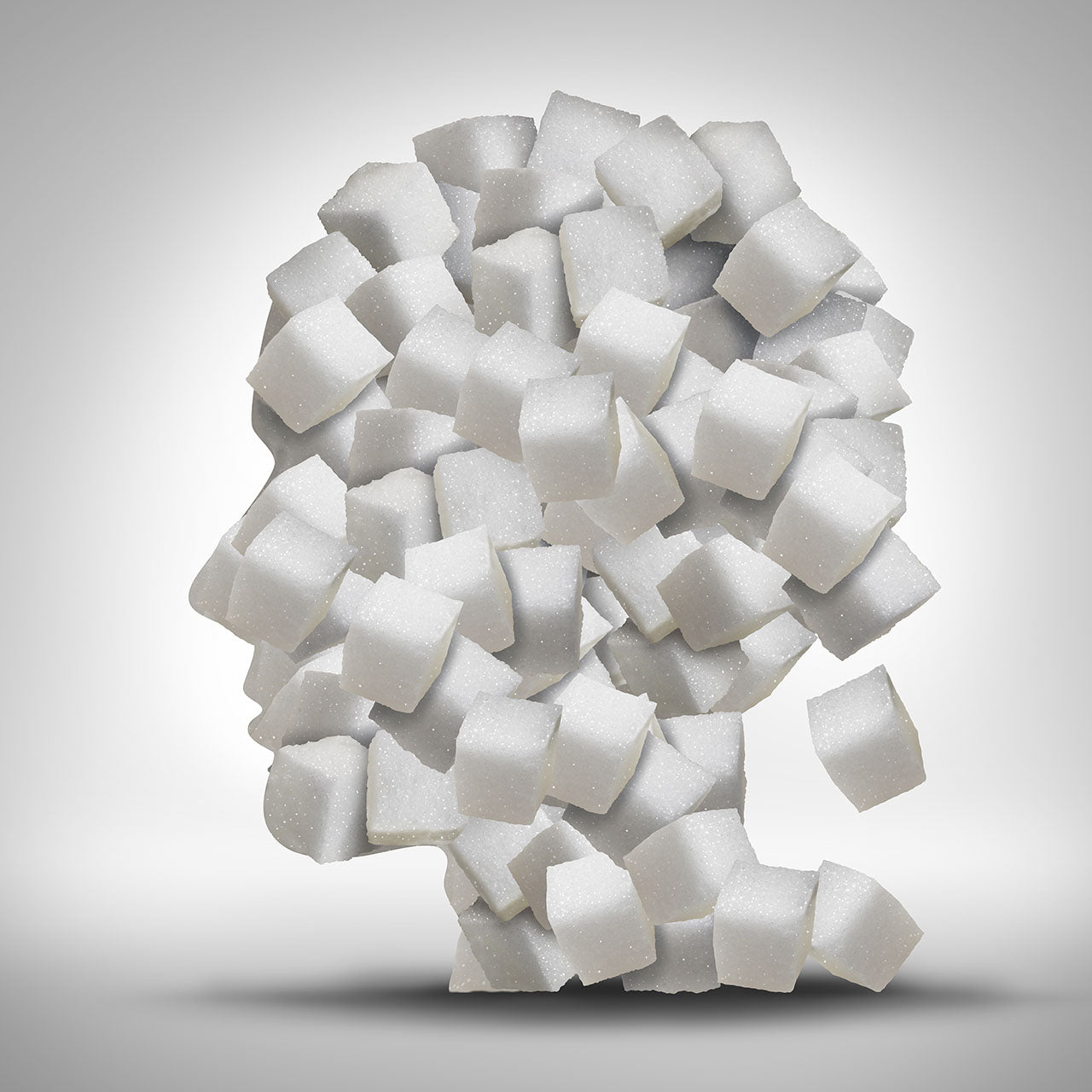
Another reason for skin aging? The SUN!
In the previous post, I discussed the role of sugar in aging our skin - glycation. But there are other reasons our skin ages. As we age, the production of collagen decreases, causing sagginess and loss of firmness. And lack of hydration and environmental aggregation and toxins, UV rays all contribute to skin aging.
To address lack of hydration, we can always resort to keeping ourselves well hydrated by drinking lots of water - not caffeinated drinks or sodas. But how about environmental aggregation and UV rays? In particular, what can we do to prevent aging caused by UV rays, also known as photoaging?
Pretty simple. Put on sunscreen! This picture was published in the New England Journal of Medicine of a 69-year-old truck driver, whose left side of the face was exposed to UVA through his window while his right side was covered and not exposed to UVA for 28 years. Imagine that happening to our skin when it is exposed without any protection. Pretty spine chilling.
We have all heard about the importance of putting on sunscreen. But do we really know what we need to look for in sunscreen to prevent photoaging? What kind of sunscreen should we use?
As a rule of thumb, a sunscreen that says broad spectrum, giving you coverage against UVB and UVA, with a SPF value of over 30 will help a lot.
But what does broad spectrum, SPF value, UVA and UVB all mean?
Let’s take a look at these terms one by one. 
- SPF*: It stands for “sun protection factor.” Basically, the SPF number refers to a sunscreen’s ability to block out UVB rays (UVB), the main cause of sunburn. It shows how long a sunscreen will protect you. Generally, a sunscreen with a SPF value of over 30 will give you enough protection to fight off UVB rays.
- UVB: UVB rays are shorter UV rays that cause sunburn and can cause damage to the outer layer of the skin. And they are the main contributor to skin cancer, such as malignant melanoma, which can be deadly.
- UVA: UVA rays, longer UV rays, also contribute to skin cancer. But it mostly causes premature skin aging because it penetrates more deeply into the skin, resulting in a more permanent damage. It is important to note that about 95% of the UV lights that reach our skin are UVA rays. And UVA rays can penetrate glass unlike UVB rays. UVA rays are divided into UVA I and UVA II depending on their wavelength range, which require different sun blocking agents to keep them off.
- Broad spectrum sunscreen: It is a sunscreen that offers protection against UVB and UVA rays.
Now we have a good understanding of the terms needed to find a good sunscreen that blocks out UVA I, UVA II and UVB rays. To prevent skin aging, you need a sunscreen that blocks out UVA I and UVA II rays, but you also need protection against UVB to protect your skin against possible skin cancer.
How do we find such sunscreen?
Look for a sunscreen with the following commonly-used ingredients:
|
UVA I |
UVA II |
UVB |
|
|
Avobenzone |
O |
O |
|
|
Octisalate |
O |
||
|
Octocrylene |
O |
O |
|
|
Oxybenzone |
O |
O |
|
|
Titanium dioxide |
O |
O |
|
|
Para-aminobenzoic acid |
O |
||
|
Zinc oxide |
O |
O |
O |
But keep in mind that some of the sunscreen agents may irritate the skin. As with any functional product, it is important to do a patch test to see if you react or not.
Aside from the obvious benefits, such as blocking UVA I, UVB II and UVB rays, a sunscreen that hydrates and includes antiaging ingredients, will further help prevent photoaging. Hydrating ingredients include hyaluronic acid, panthenol and urea to retain moisture so that your skin would not dry out under the harsh sun. And antioxidants such as Vitamin E and Vitamin C will boost the performance of your sunscreen by fighting against free radical damages.
--------------------------------------
* There are different opinions on how long a sunscreen protects you against UVB rays. Some say that you need to reapply every 2 hours for it to give you protection against UVB rays. Others say that you can multiply the SPF value by how long it takes for you to burn in the sun unprotected. For example, if you burn in the sun unprotected in 30 minutes, a sunscreen with a SPF value of 20, then it will give you 10 hours of protection. Generally speaking, it is better to carry around a sunscreen, even if it has a low SPF value, and reapply frequently to give you a stronger protection.




